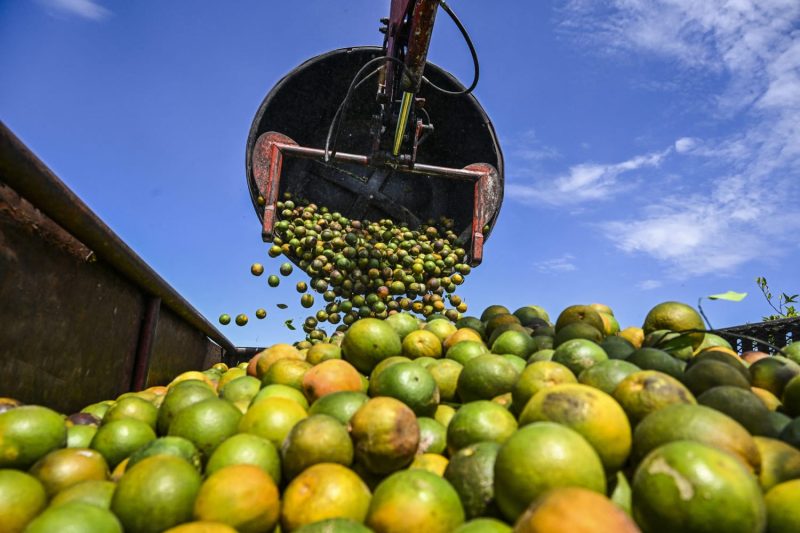
Unraveling the Mystery Behind the Priciness of Orange Juice
Orange juice has long been a breakfast staple and a popular beverage choice for many people around the world. However, in recent years, the price of orange juice has seen a significant increase, leaving many consumers wondering why this beloved drink has become so expensive.
One of the primary reasons behind the rising cost of orange juice is the impact of weather and climate change on orange crops. Oranges are a sensitive fruit that require specific growing conditions to thrive. In recent years, unpredictable weather patterns, including droughts, hurricanes, and frosts, have negatively affected orange crops in major producing regions such as Florida and Brazil. These natural disasters have led to poor harvests and a decrease in the overall supply of oranges, driving up the cost of production and ultimately the price of orange juice.
Furthermore, the orange juice industry has also been faced with challenges related to diseases that impact orange trees. Citrus greening, also known as Huanglongbing, is a bacterial disease that has ravaged orange groves in various countries, leading to a decline in orange production and an increase in costs associated with disease management and prevention. The prevalence of citrus greening has further exacerbated the already limited supply of oranges, contributing to the higher prices seen in the orange juice market.
In addition to environmental factors and diseases, the production and distribution of orange juice also incur significant costs that contribute to its overall price. From harvesting and processing the oranges to packaging and transportation, each step in the production chain adds to the final cost of orange juice. Factors such as labor costs, energy prices, and fluctuating exchange rates can all impact the cost of producing orange juice and ultimately influence its retail price.
Another key aspect that influences the price of orange juice is consumer demand. Despite the rising cost of production, the demand for orange juice remains relatively high, especially in markets where it is considered a popular beverage choice. This persistent demand, coupled with the limited supply of oranges and the challenges faced by the orange juice industry, further drives up the price of orange juice.
In conclusion, the increasing price of orange juice can be attributed to a combination of factors, including weather-related challenges, disease outbreaks, production costs, and consumer demand. While the higher cost may present challenges for consumers, it is essential to understand the complex dynamics that contribute to the pricing of orange juice. By addressing issues such as environmental sustainability, disease management, and supply chain efficiency, the orange juice industry can work towards maintaining a stable market and ensuring the availability of this beloved beverage for consumers around the world.
